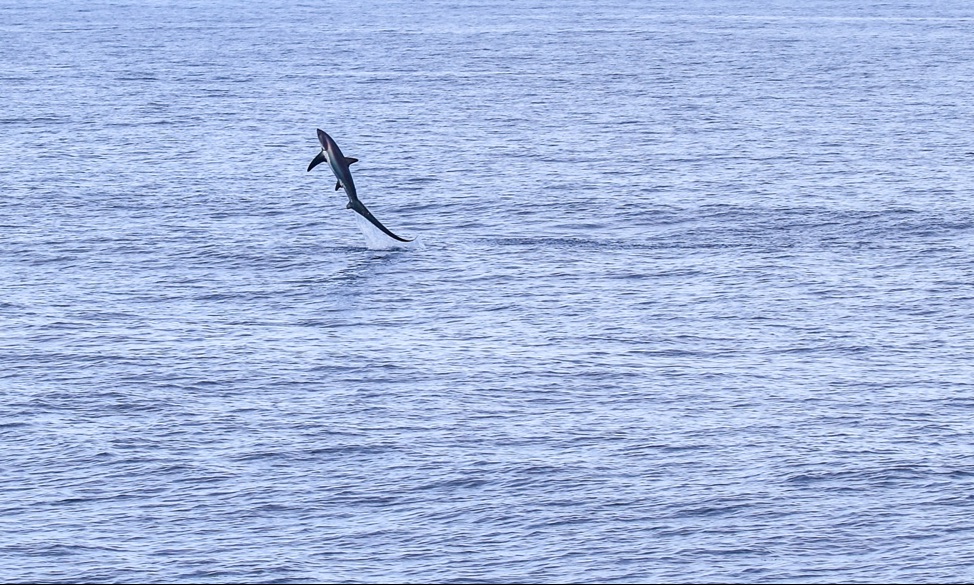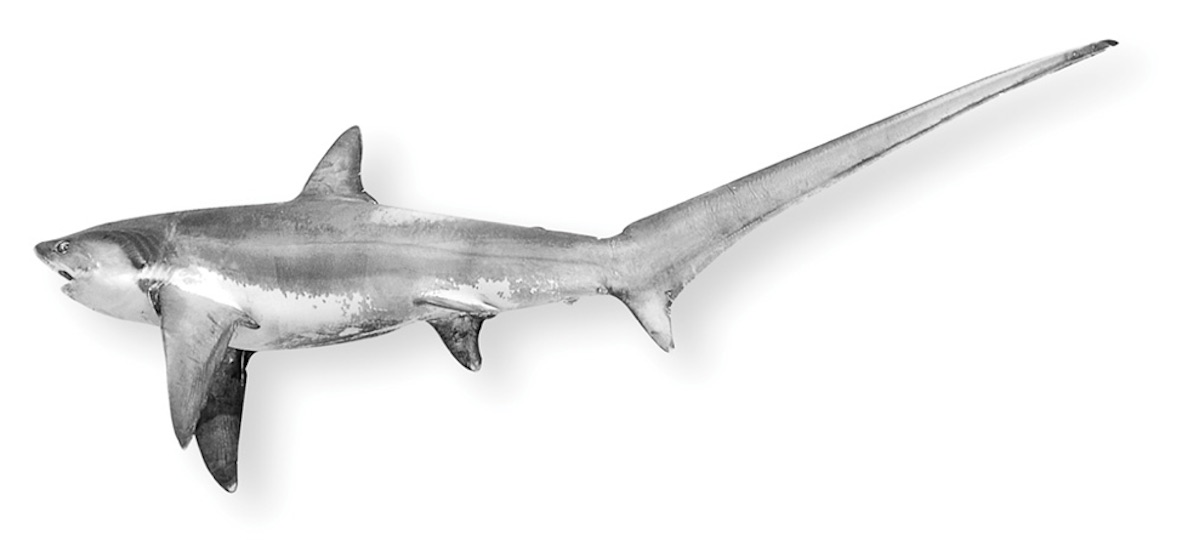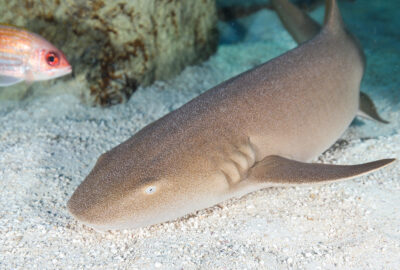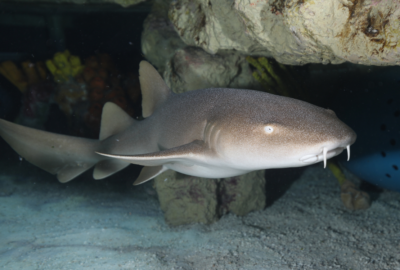Investigating Common Thresher Sharks in the North Atlantic
By Jeff Kneebone, PhD on Wednesday, February 14, 2018


Common thresher sharks (Alopias vulpinus) are a pelagic species typically encountered in coastal waters off the northeast United States during the summer months. Common threshers are known for their exceptionally long tail-which is nearly as long as the entire rest of their body-that they use like a whip when hunting smaller baitfish. Due to their high swimming speeds, propensity for leaping into the air when hooked, and high-quality meat, they are prized by recreational fishermen and are targeted by thousands each year. They are also both targeted and taken as bycatch by commercial fisheries, with the majority of captured individuals being sold for their meat and fins.
Despite being common off our coast and extensively harvested by recreational and commercial fisheries, we know little about some critical aspects of common thresher shark biology and ecology. To complicate matters, there is no formal fishery stock assessment for common threshers in the Atlantic, but there is some evidence that their population is in decline. To properly manage and conserve common thresher sharks in U.S. waters, we must first conduct scientific research to address many of the unanswered questions that limit our broader understanding of the species.

A research topic that is of particular importance and interest to both scientists and fishery managers relates to the movement patterns and population structure of common threshers in the western North Atlantic Ocean. Based on commercial and recreational catch records and limited tagging data, we know that these sharks are found off the mid-Atlantic and northeast U.S. during the summer months. However, we know very little about where these sharks spend the winter, what habitats they prefer to use throughout the year, and how vast their movements are throughout the broader Atlantic. We also don’t know the location of ecologically important areas along the coast, such as nursery areas—which are regions where juvenile sharks are born and spend the first part of their lives—mating areas, prime feeding areas, or how the location of these areas may be changing in response to climate change.
To answer these important questions, a collaborative study—funded by the NOAA Saltonstall-Kennedy Grant Program and led by the University of Massachusetts Dartmouth Department of Biology—was initiated in 2016 to examine common thresher shark movement patterns, habitat use, population structure, and temperature preferences in the western North Atlantic.
During the past summer, study collaborators from the Anderson Cabot Center for Ocean Life, the NOAA Fisheries Service Apex Predators Program, and the Massachusetts Division of Marine Fisheries worked with commercial and recreational fishermen to deploy nearly 30 pop-up satellite archival transmitting (PSAT) tags on common thresher sharks ranging in size from 3 to 7 feet–not including the tail! These PSAT tags are programmed to collect detailed information on common thresher movements over periods of 90-270 days and will provide novel information on the species’ movements, distribution, habitat use, and temperature preferences throughout the fall, winter, and spring.

Once obtained, this information will not only greatly enhance our scientific understanding on common thresher shark ecology in our coastal waters, but will provide marine policy specialists with much needed information that will help improve the management and conservation of this vulnerable species.
For more information about the Anderson Cabot Center’s work on sharks, visit: Sharks and Rays Research
Investigators: Diego Bernal (University of Massachusetts Dartmouth), Jeff Kneebone (Anderson Cabot Center for Ocean Life), Gregory Skomal (Massachusetts Division of Marine Fisheries), Lisa Natanson, Brian Gervelis, Nancy Kohler (NOAA Fisheries).




